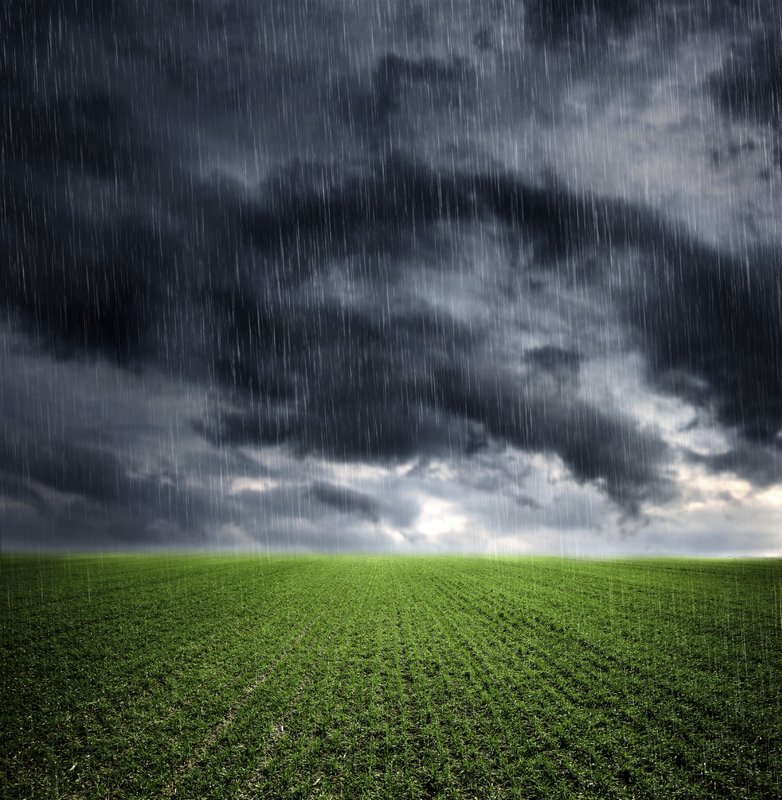Presenter: Robert Pitt, University of Alabama
Session 07: Stormwater Data
Low infiltration rates are often caused by compaction and can impair the effectiveness of green infrastructure practices, particularly in clay soils. In Tuscaloosa, Ala., Redahegn Sileshi and other researchers from the University of Alabama tested soils devastated by severe tornadoes. The goal of this study was to develop a method of quickly testing bioinfiltration rates that would be legitimate over both the short and long term. This can help improve the reliability of stormwater control practices and identify problem areas.
The researchers found that for testing surface infiltration— in grassed swales, for example —small-scale infiltrometers work well. In contrast, conventional double-ring infiltrometers require excessive force, as well as large volumes of water. The method is also time-consuming. For measuring subsurface conditions, researchers discovered that the borehole or “Sonotube” test works if a borehole drill rig and large amounts of water are available. If an infiltration-based practice is already established, a pressure transducer with a data logger can determine infiltration during an actual rain event.





